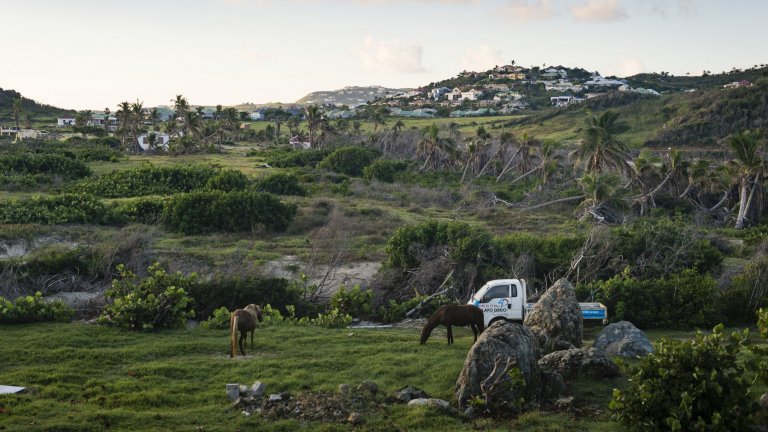
© Cyril Frésillon / LGP / CNRS Images
View the mediaScientific news
Devastating floods, heat waves and fires are all signs of climate change. CNRS Images presents a selection of films devoted to major environmental challenges and future solutions being developed by scientists.

© Cyril Frésillon / LGP / CNRS Images
View the mediaOver the past thirty years, one of the major societal and political events of our civilisation has been to raise awareness of ecological danger and the finiteness of our planet. As climate change becomes more urgent every day, speeches and measures are multiplying in an attempt to curb this deadly situation. We all know that the road ahead is still long and winding, but in the laboratories and out in the field, scientists are working hard every day to find solutions and to preserve our planet as effectively as possible.
We have a selection of documentary films which all explore both the environmental issues that urgently need to be addressed and the solutions devised by scientists from the CNRS and elsewhere. So come and join them at the four corners of the world, from the Arctic to India passing through our rural areas, in their fight to preserve the climate, ecosystems and biodiversity with the help of science... and also with unexpected allies, such as plants, both victims and combatants in this battle of the century.
Our work is guided by the way scientists question the world around them and we translate their research into images to help people to understand the world better and to awaken their curiosity and wonderment.